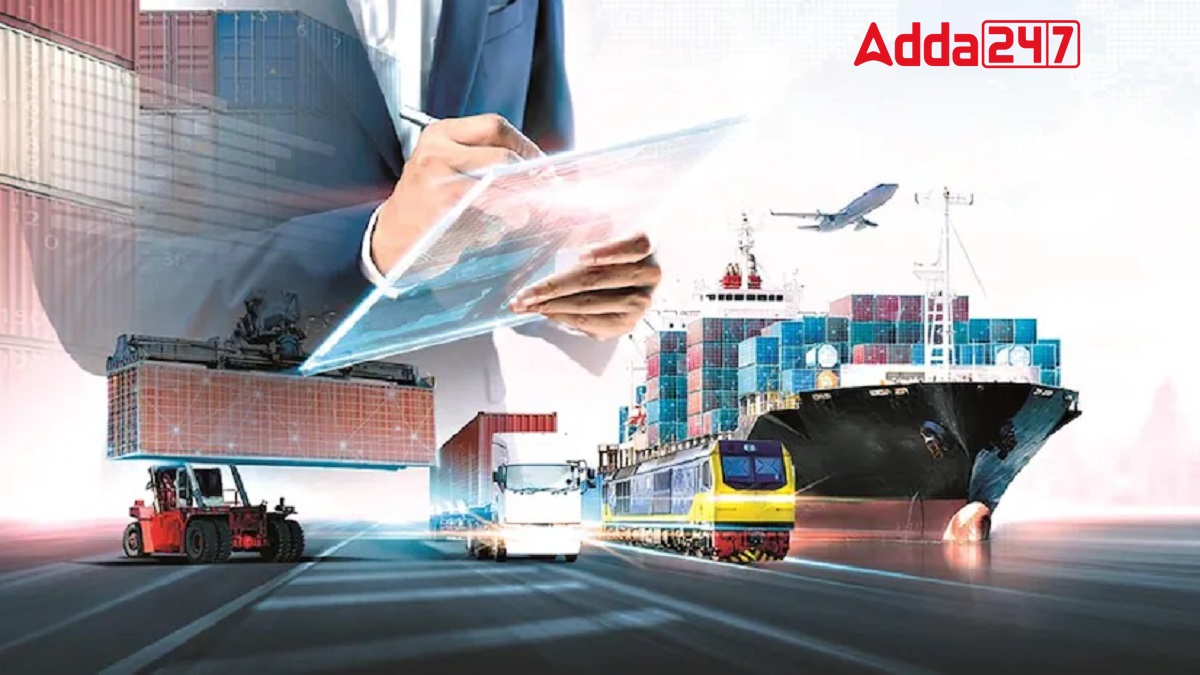India’s exports fell 9.3% in August to $34.7 billion, with the trade deficit hitting a 10-month high of $29.7 billion as imports surged to $64.4 billion. Factors such as softening oil prices, reduced demand from China, and global recession contributed to the slowdown in exports. Imports grew 3%, driven by a sharp increase in gold inflows ahead of the festive season and reduced import duties on gold.
Key Factors Affecting Trade
Exports: A 22.4% drop in shipments to China, falling petroleum prices, and logistical challenges like trade route diversions contributed to the decline.
Imports: Gold imports surged to $10 billion due to lower prices and stocking for festivals. Petroleum imports fell by a third, while coal and electronics imports rose.
Sector-Wise Export Performance
Petroleum Exports: Fell 37.5% to $5.95 billion.
Gems and Jewellery: Contracted by 23% to $1.9 billion.
Non-Petroleum & Non-Gems Exports: Grew 2.4%, with sectors like engineering goods (+4.36%), electronics (+7.85%), and textiles (+11.88%) showing growth.
Economic Impact
A sharp widening of the trade deficit raises concerns about the current account deficit, which could reach 1.5-2% of GDP for Q2FY25. Services exports grew by 6.9% to $30.69 billion, while services imports rose 4%, resulting in a surplus of $14.9 billion.
Challenges and Outlook
According to the Federation of Indian Export Organisations (FIEO), international trade disruptions, rising freight costs, and logistical challenges like shipping delays and skipped ports are affecting export profitability. Despite these challenges, sectors like pharmaceuticals and textiles showed resilience.




 NHAI Partners with Reliance Jio to Launc...
NHAI Partners with Reliance Jio to Launc...
 Camikara Becomes First Indian Rum to Win...
Camikara Becomes First Indian Rum to Win...
 Asian Paints Becomes Team India’s Offici...
Asian Paints Becomes Team India’s Offici...







